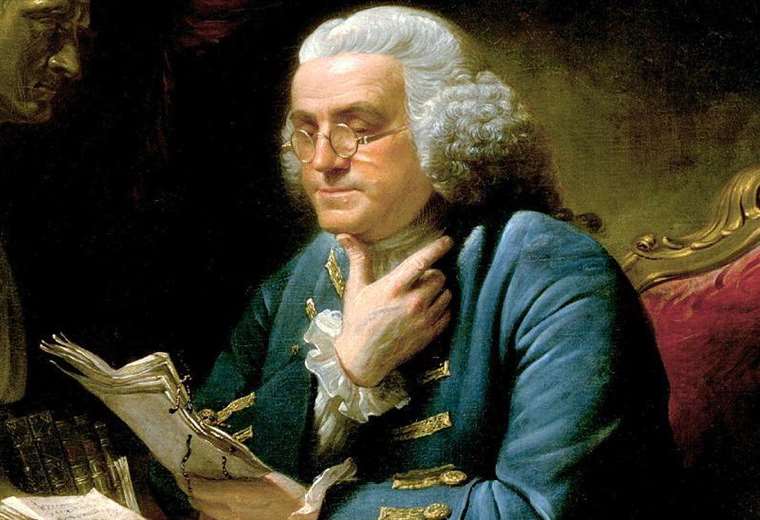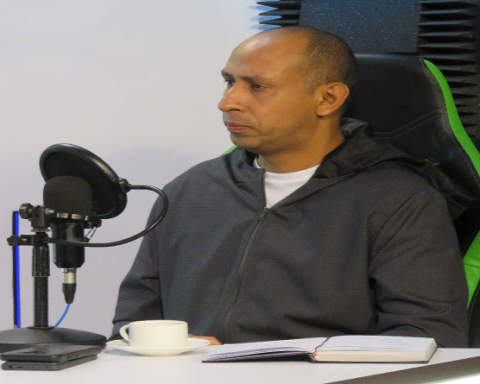May 11, 2024, 2:30 PM
May 11, 2024, 2:30 PM
Ask a group of people today why 18th-century scholar Benjamin Franklin should be most remembered, and chances are a variety of answers will emerge..
Was he primarily a man of letters, who became a successful printer, editor, journalist and author, with a unique wit and philosophical outlook?
Or perhaps he should be more celebrated as a revered statesman, having been a Founding Father and the first ambassador to France, a role that led to the Franco-American alliance, which was integral to the Revolution of the Thirteen Colonies, American Revolution, or Revolution. of the United States (1763-1783).
Such is his reputation that some people still (mistakenly) name him as President of the USA.
But there will always be those who consider above all this titan of the history of that country as one of the leading scientists and inventors of his time.
Franklin’s contributions were not only numerous and life-changing, but he offered them as a gift.
He never patented anything, and stated in his autobiography: “While we enjoy great advantages from the inventions of others, we should be glad to have the opportunity to serve others through any invention of ours; and we must do this freely and generously.”
Having retired from his business interests as an extremely wealthy man in his early 40s, Franklin began experimenting with electricity in 1746.
He altered our understanding of how it works, challenging the theory that electricity should be treated as two fluids by proposing that it behaves like a single fluid that could be positively or negatively charged.
It was Franklin who first used the terms “positive”, “negative” and “charge” in relation to electricity.
It promoted the very language around the study, also establishing the electrical basis for terms like “battery” and “driver.”
The kite
Of course, what really made Franklin a world-famous scientist was his legendary comet experiment, despite continued uncertainty about whether or not it took place.
If accounts are to be believed (including a letter from Franklin in the Pennsylvania Gazette), in June 1752 he set out to prove his theory that lightning was electrical in nature.
His method consisted of fly a kite in the middle of a storm, with a metal key attached.
This collected the charge from the atmosphere, which was led to a Leyden jar (discovered in the 1740s, it was a device for storing static electricity), thus confirming that Franklin was right.
Although another scientist, French physicist Thomas-François Dalibard, had carried out a similar test a month earlier, this was based on notes published by Franklin.
So the American took the credit.
Ingenious inventions
His ingenuity was not limited to devising scientific experiments, but also to creating solutions to mundane problems and improving existing technologies.
Among his many passions and occupations, Franklin also found time to build a vast collection of new devices.
Here are some of the most ingenious.
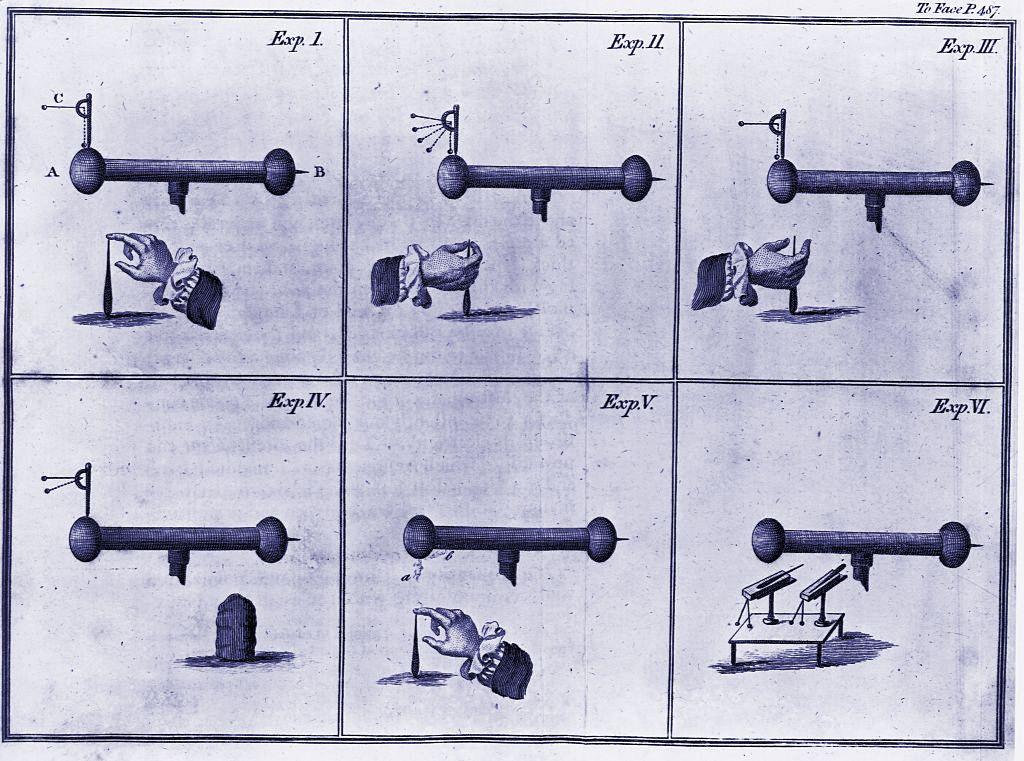
Franklin’s experiments with electricity had a clear practical purpose: to prevent the fire and destruction that lightning could cause when striking wooden buildings.
Their solution was a metal pole that could be fixed to the top of the building with a cable running to the ground to safely conduct electricity.
The usefulness of the lightning rod became immediately apparent and remains a vital addition to today’s structures.
Even King George III of the United Kingdom, who cursed Franklin’s name when the American War of Independence broke out, had them installed in Buckingham Palace.
That said, he made the political decision to choose rounded lightning rods, as British scientists suggested, instead of Franklin’s pointed ones.
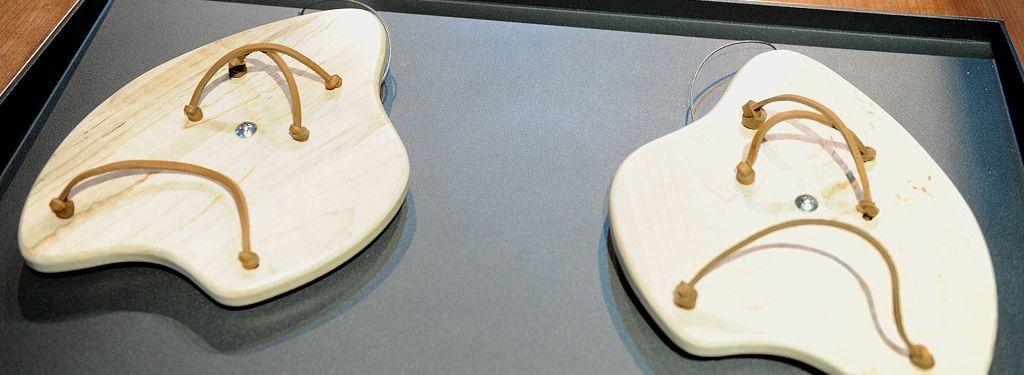
Franklin’s inventive mind began to work at an early age.
At age 11 he was a strong swimmer, and designed portable aids to go faster in the water.
They resembled an artist’s paint palette and were oval-shaped pieces of wood with holes for the thumbs to increase the surface area of their stroke.
He also tried foot fins, although with less success.
Beyond his invention, Franklin did his best to popularize the pastime of swimming, championing its health benefits and genuinely considering becoming a swimming teacher.
While living in London before the War of Independence, He bathed daily in the Thames.
He is now honored in the International Swimming Hall of Fame.
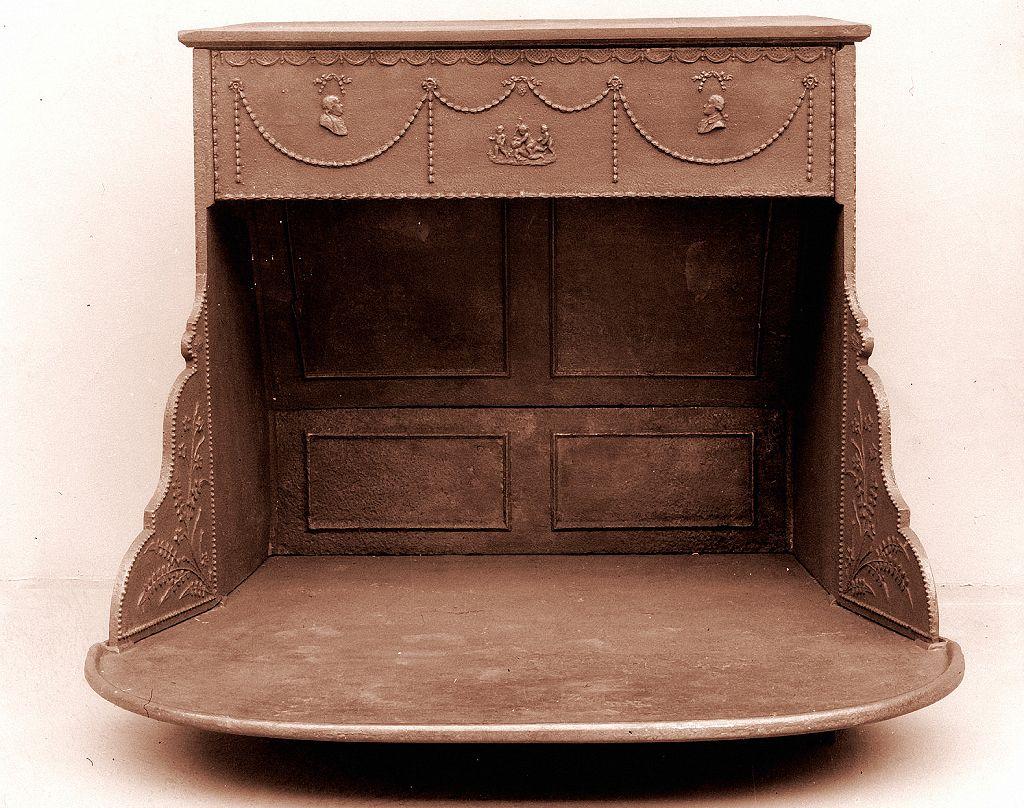
This new way of heating homes was so good that they named it after him.
While traditional fireplaces consumed a lot of fuel and posed the risk of starting a fire, the Franklin stove was more efficient, producing less smoke and fewer errant sparks.
It consisted of a cast iron box set away from the chimney, with a hollow space at the back to allow more heat to circulate faster.
Since it went on sale in 1742 and was perfected by fellow American David Rittenhouse in the 1780s, it set a new benchmark for indoor heating.

Franklin did not invent the original catheter (medically, a tube inserted into the urethra to allow urine to drain), but he developed a much less painful version.
That in itself has caused many suffering people to praise his name over the years.
It all began around 1752, when his older brother, John, He had kidney stones and needed catheters inserted regularly.
At the time, these were solid tubes that caused significant pain.
Franklin set to work to make something more flexible, resulting in a tube made of hinged sections joined together by a local silversmith.
He hastily sent it to his brother with instructions on its much less painful use.
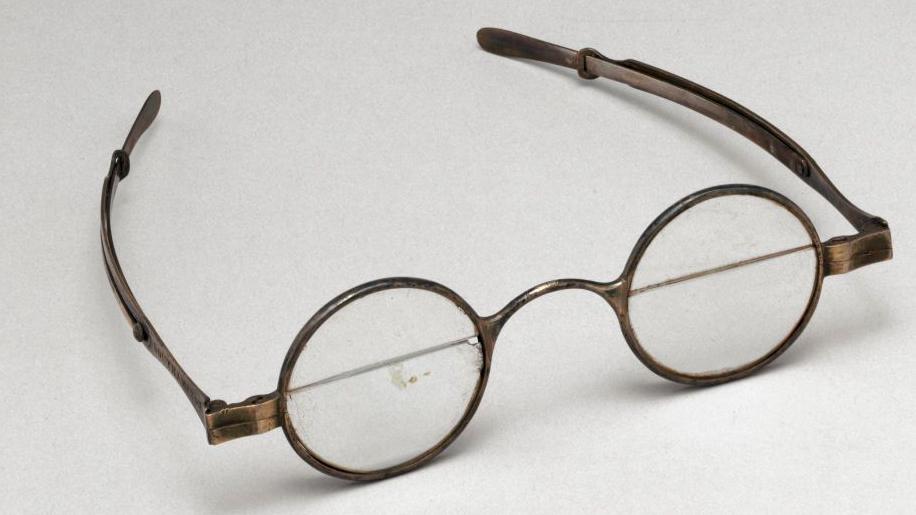
Being nearsighted and farsighted in his old age, Franklin concluded that constantly changing his different pairs of glasses was a hassle he could do without.
By cutting both types of lenses in half, he created a pair of glasses with the top half ideal for seeing at long distances and the bottom half better suited for reading up close.
In recent years some doubts have been raised about whether he was the true inventor of bifocals or simply an early adopter, but he certainly made them an eye-catching invention.
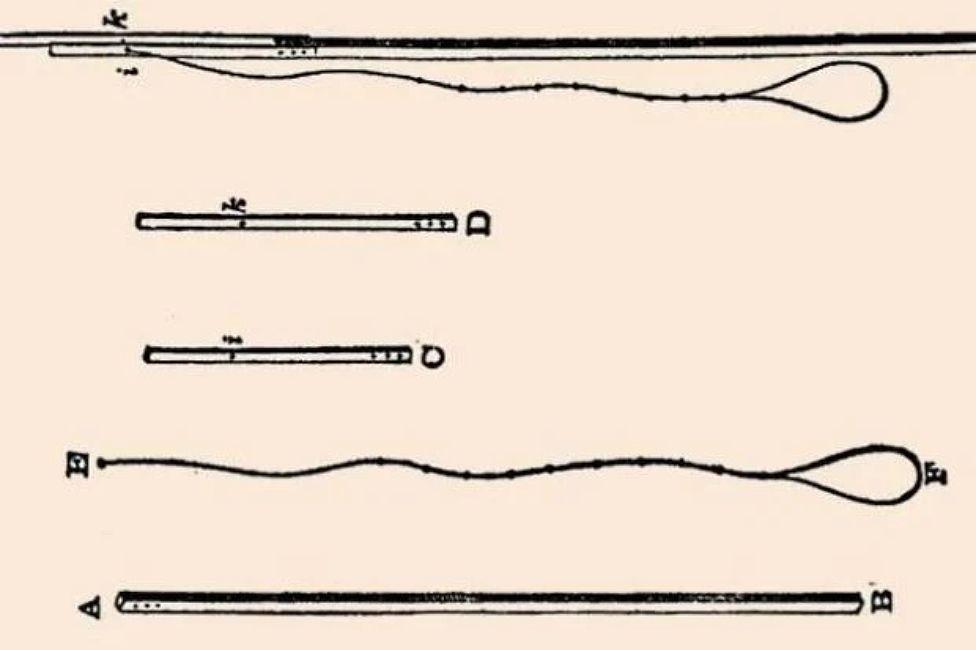
Along with bifocals, the long arm helped Franklin indulge his love of reading in later life, when his health declined in the 1780s.
The clue is in the name: it was a gripping device, made from a piece of wood with claw-like fingers on the end that could be manipulated by pulling a cord, making it easier to grab a book from the top shelf without having to climb stairs.
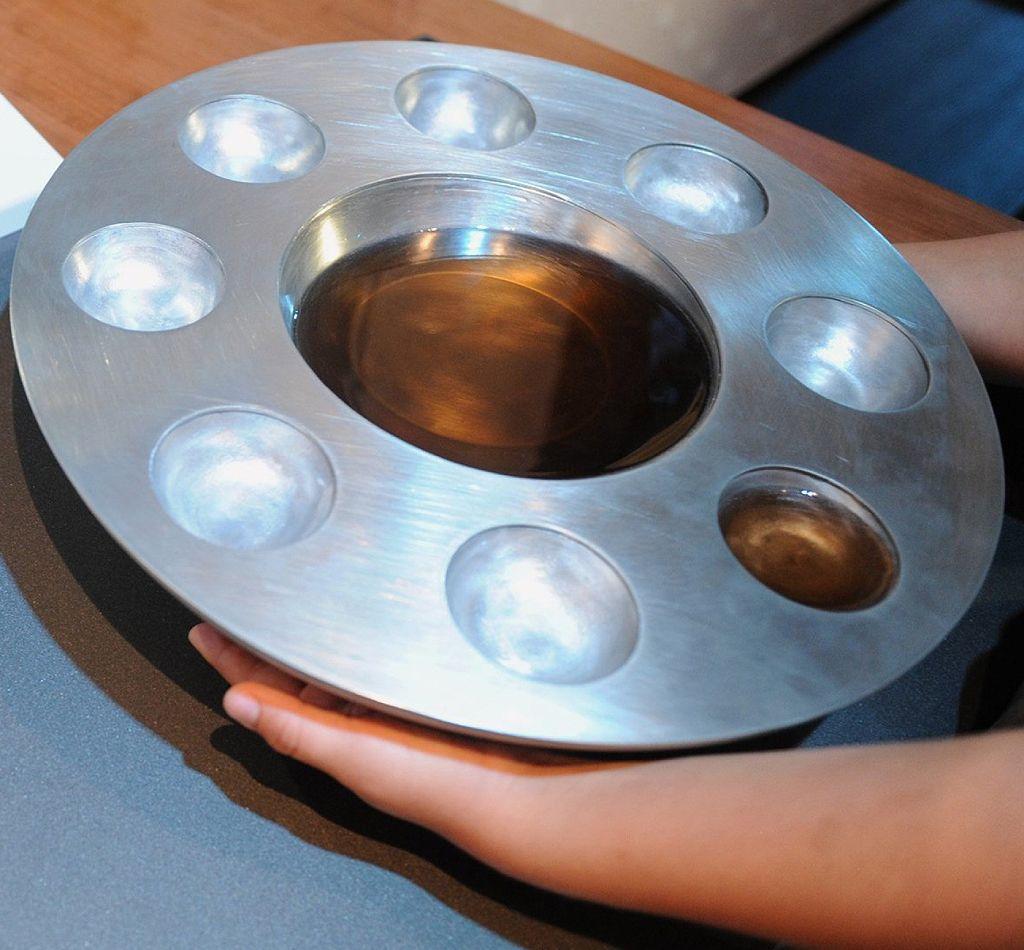
It is true that inventing the soup bowl does not seem impressive at all.
This one, however, It was one in which the soup could not be spilled.
Franklin wanted to put an end to accidents while sailing at sea, when the boat rocked in all directions, so he came up with a simple but elegant solution.
His design had the usual bowl in the center, but was surrounded by smaller containers around the edge.
When something caused the soup to water down, it ended up in one of those mini bowls instead of falling onto the table.
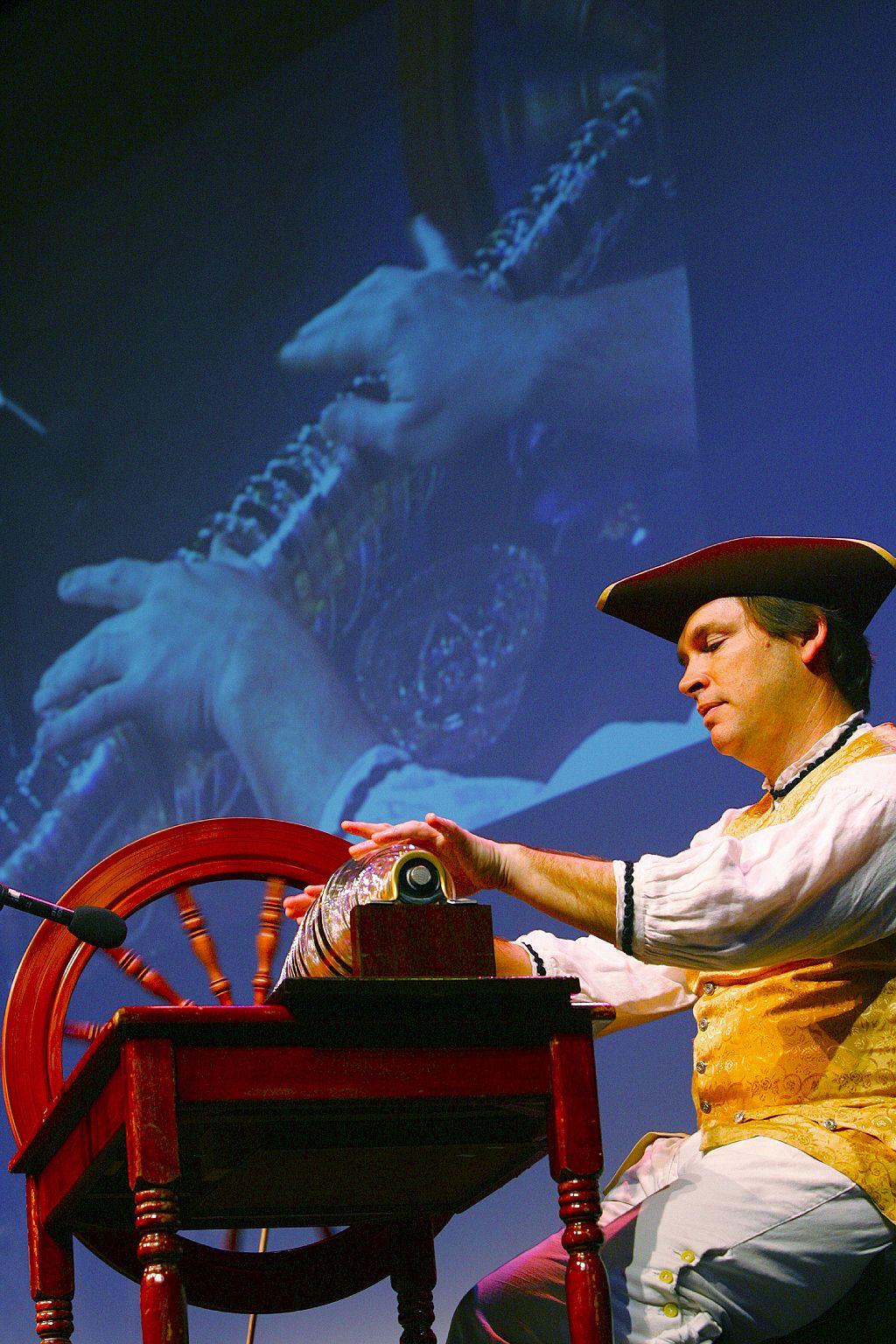
Have you heard that otherworldly sound you make when you rub a wet finger over the rim of a wine glass?
That inspired Franklin’s musical instrument, the harmonica.
Made around 1761, it consisted of 37 glass bowls aligned on a rotating axis, which the performer rotated using a pedal while keeping fingers lubricated for performance.
Each bowl had been made to exact specifications by London-based glassblower Charles James to produce different notes without the need for liquid inside.
The instrument caused a stir on the European music scene, with names like Mozart and Beethoven composing pieces to make the most of its ethereal sound.
Franklin would later say, “Of all my inventions, the glass harmonica is the one that has given me the greatest personal satisfaction.”
* If you want to read the original article “Benjamin Franklin’s greatest inventions – and famous kite experiment” from BBC HistoryExtra magazine, Click here.

And remember that you can receive notifications in our app. Download the latest version and activate them.
